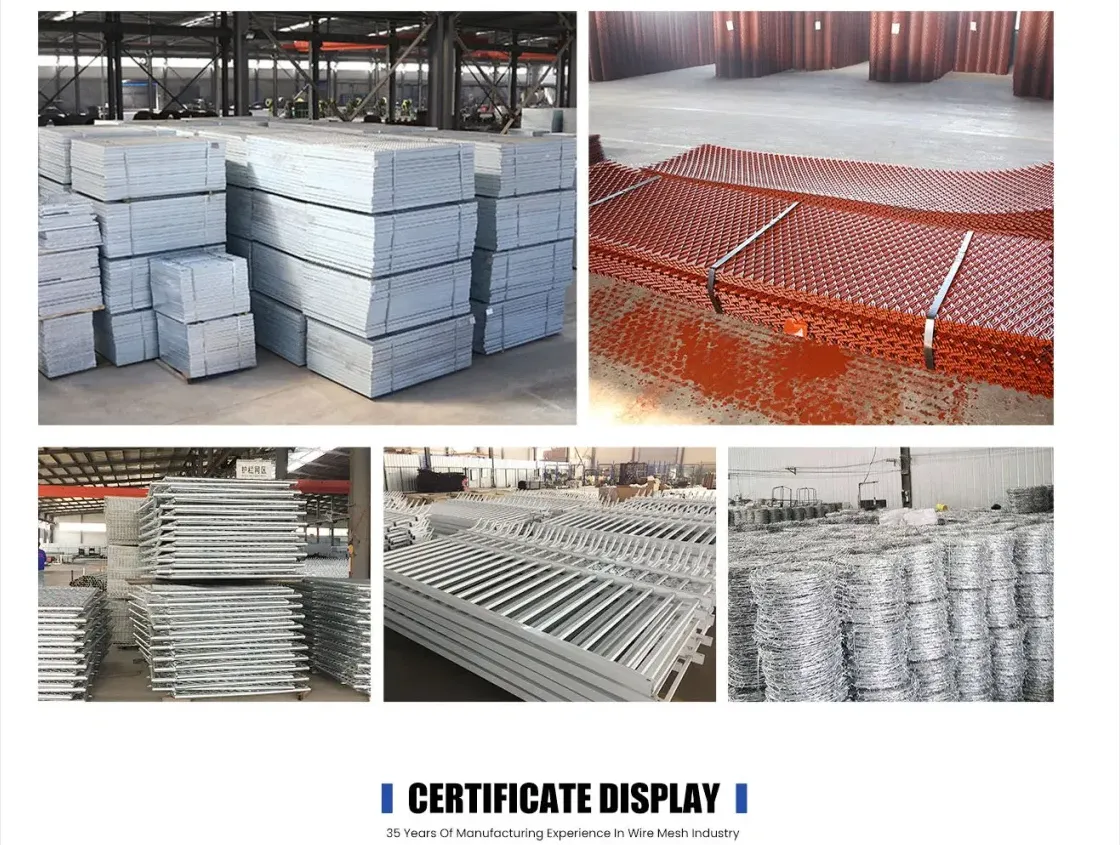The Efficacy of Absorptive Noise Barriers in Urban Environments
In recent years, urbanization has led to a dramatic increase in noise pollution, making it a significant concern for city planners and residents alike. One effective solution to combat this relentless issue is the use of absorptive noise barriers. These structures are specially designed to mitigate harmful noise levels generated by transportation systems, construction activities, and industrial operations. In this article, we delve into the concept of absorptive noise barriers, their design principles, benefits, and real-world applications.
Understanding Absorptive Noise Barriers
Absorptive noise barriers are engineered to reduce sound levels by absorbing sound energy instead of merely blocking it. Traditional noise barriers, often made of concrete or stone, primarily utilize mass to reflect sound waves away from sensitive areas. Conversely, absorptive barriers often incorporate softer materials designed to absorb sound energy, thereby decreasing the sound reflection that commonly occurs with denser materials.
Typically constructed from materials such as foam, specialized composites, or vegetation-covered surfaces, absorptive noise barriers dampen the sound intensity and promote a quieter environment. Their design allows them to target specific sound frequencies, making them particularly effective against urban noise, which often contains a wide range of frequencies.
Design Principles
The effectiveness of an absorptive noise barrier hinges upon several design principles
. For starters, the material’s impedance must be taken into account, which determines how much sound energy is reflected versus absorbed. The angle of the barrier and its height are also crucial; a well-designed barrier must be high enough to shield receivers from the noise source, yet capable of maintaining structural integrity against environmental factors such as wind or precipitation.Moreover, the arrangement of the absorptive materials plays a pivotal role. For optimum performance, the materials should be placed strategically based on the targeted sound frequencies. Incorporating varying textures and densities can enhance sound absorption, creating a more effective barrier against unwanted noise.
absorptive noise barrier

Benefits of Absorptive Noise Barriers
The deployment of absorptive noise barriers has numerous advantages, particularly in urban settings. Primarily, they contribute to improved public health by reducing noise-induced stress, which has been linked to several health issues, including sleep disturbances, cardiovascular diseases, and decreased quality of life. Moreover, by lowering overall noise levels, these barriers foster an environment that enhances social interactions and promotes community well-being.
Economically, absorptive noise barriers can enhance property values in adjacent residential and commercial areas by creating a more peaceful atmosphere. Artistic designs and landscaping can transform these barriers into visually appealing features that contribute to the aesthetic of urban landscapes. Furthermore, they can serve as multifunctional spaces by integrating green technologies, such as solar panels, making them environmentally friendly.
Real-World Applications
Several cities around the world have effectively incorporated absorptive noise barriers into their noise mitigation strategies. For example, Los Angeles, a city notorious for its traffic noise, has successfully implemented these barriers along key highways and residential neighborhoods. Similarly, in Europe, many cities are exploring the use of absorptive barriers to preserve the tranquility of historic districts while accommodating modern transportation needs.
The integration of vegetation into these barriers not only aids in sound absorption but also contributes to biodiversity. Living barriers can support local wildlife, improve air quality, and create green corridors, all while serving their primary function of noise reduction.
Conclusion
In conclusion, absorptive noise barriers represent a powerful tool in the ongoing battle against urban noise pollution. By absorbing sound instead of merely reflecting it, these barriers offer a promising solution to enhance urban living environments, improve public health, and maintain property values. As cities continue to grow, innovative approaches to managing soundscapes will become essential. Through thoughtful design and implementation, absorptive noise barriers can play a significant role in shaping quieter, healthier urban communities for future generations.
-
The Strength and Versatility of Aluminum Expanded Metal Mesh
NewsJun.10,2025
-
Safety Guards and Machine Enclosures Using Expanded Mesh
NewsJun.10,2025
-
Performance with Round Hole Perforated Mesh in Wall Panels
NewsJun.10,2025
-
How Steel Grating Trench Covers Distribute Weight Efficiently
NewsJun.10,2025
-
How Deck Mesh Railing Enhances Backyard Aesthetics
NewsJun.10,2025
-
Comparing Bar Thickness and Spacing in Steel Grating
NewsJun.10,2025
Subscribe now!
Stay up to date with the latest on Fry Steeland industry news.

